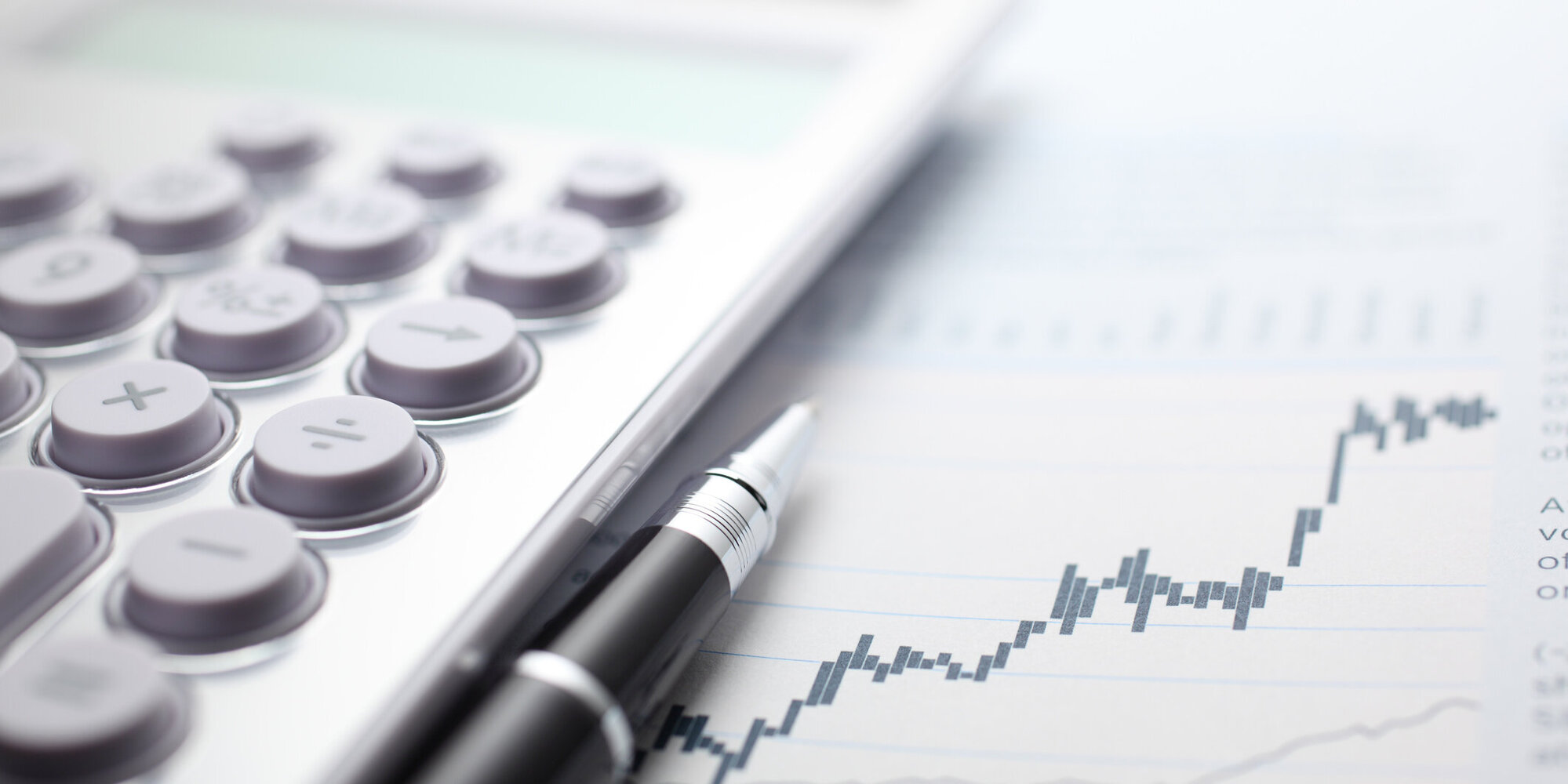Thematic Funds: Popular despite criticism
In recent years, theme funds have become increasingly popular despite facing criticism. This raises the question of what drives their popularity and how they benefit investors.

Active equity-themed funds are very popular on the market. The net inflows of vehicles available in Switzerland totalled CHF 69.3 billion over the past three years. Together with market movements, this currently results in assets under management totalling CHF 225.8 billion. Compared to 2020, this equates to an annual increase in assets of 9.3%. The rest of the active fund market grew by a "mere" 3.1% p.a. over the same period.
In this survey, the topic of sustainability provides the music. Active equity-themed funds that aim to have a sustainability impact or pursue a specific sustainability-objective (SFDR Art. 9) recorded the strongest growth. According to Morningstar data, they increased in volume by around 18.6% per year.
Popularity of Themed Funds
The popularity of thematic funds can be attributed to several factors. Firstly, the traditional categorisation of investments by sector or region is becoming less relevant. This is due to the fact that many large-cap companies, such as Google or Alibaba, operate in different industries and geographical markets. To capture the growth drivers of these companies more comprehensively, investors are increasingly adopting thematic approaches.
Secondly, thematic funds are popular with private investors due to their accessibility and diversification potential. The establishment of easily accessible trading platforms has greatly facilitated investment flows into these funds. It is important to note that the content of the improved text must be as close as possible to the source text and no new aspects should be added. Thematic securities and securities from global equity indices often have very little overlap, which enables a wider distribution of risk across the entire portfolio.
A close look at criticism
However, themed funds are often criticised for their increased fluctuations in value. Investors in thematic investments are aware that they are more susceptible to short-term cycles, depending on whether the topic is currently in vogue in social or political discourse or is being penalised. Nevertheless, in the long term, promising themes follow an overarching trend that drives the innovative power of many themes and offers attractive growth opportunities. Holistic risk management is essential to control the volatility of active theme funds. The goal is to balance the utilization of thematic growth potential with the management of associated risks. Active theme funds can target long-term capital growth while mitigating potential risks through structured theme definition, diversified portfolio construction, ongoing security selection monitoring, and stress tests and scenario analyses.
Another point of criticism is unfulfilled performance expectations. It is worth noting that investment behaviour itself is not always conducive to performance, which is often overlooked. The figure below illustrates the difference between the time-weighted return (TWRR) and the money-weighted return (MWRR) of the 'Green Transition' theme (with reference currency USD), which is a more accurate representation of the success achieved by investors in reality. The outcome is remarkable. Although the theme has generated a positive annualised return of over 3% in the past five years, the money-weighted return indicates that the average amount invested in the fund has lost more than 4% per annum. This difference highlights that investors frequently enter the market after a period of good performance and then participate in the correction on average. Investment themes in the equity market often exhibit cyclical behaviour, with investment hypes followed by corresponding counter-movements.

Price is a key factor for long-term returns
Anyone interested in theme investments should not be guided by the theme alone. The price an investor pays is just as important for the long-term return. It is therefore advisable to always keep an eye on the valuation. In the case of clean energy, this was relatively attractive until the end of 2018 and increased over the course of 2019 before going completely through the roof in 2020. The P/E ratio, which is used to measure the valuation, has since recovered and is currently below the long-term average again. Market participants are faced with the following circumstances:
- Those who started investing at the end of 2018 are still ahead of the return on global equities (MSCI World Net TR).
- Those who invested at the end of 2019 will keep pace with the benchmark index.
- Those who only joined in the euphoria at the end of 2020 will hardly be able to make up for the shortfall compared to the benchmark index, even in the long term (see table below).

Conclusion
Equity-themed funds are springing up like mushrooms, with many aiming for sustainability. Genuine investment themes follow secular trends and deserve not only a long-term approach, but also disciplined investment behaviour. Those who fail to do so risk losing out on valuable returns. It is not enough to identify attractive investment themes. The detection always goes hand in hand with the corresponding price. As a result, the biggest challenge for an investor is often to resist the hype and carefully recognise the right buying opportunity that will appear sooner or later.
